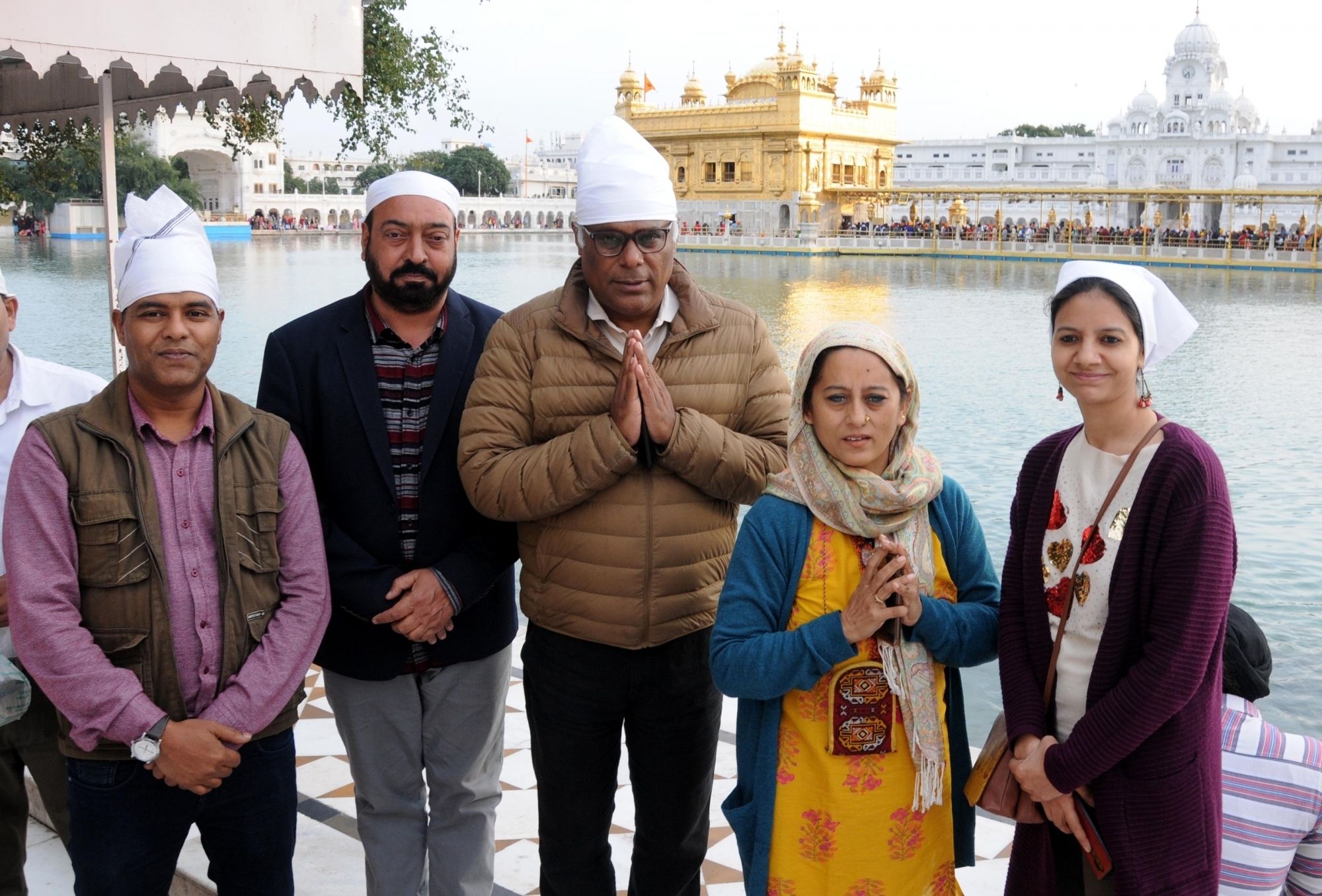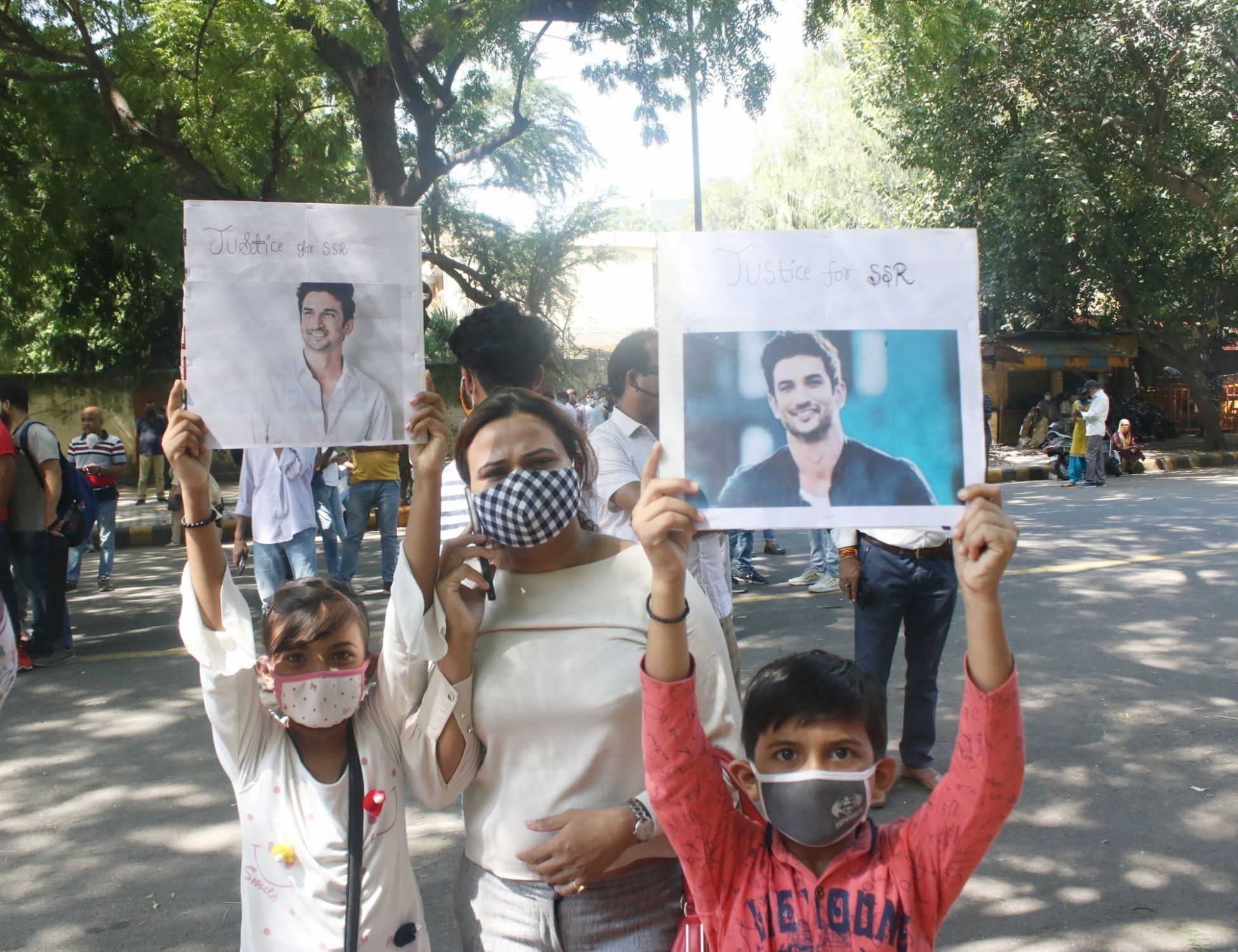|
The Generation Now, the ones who love films, do know cinema as cinema, a source of entertainment and pastime. They love to talk and debate over films, and if you have got into one such debate, drop this term Parallel Cinema or, worse still, Art Film. You end up getting into a longer debate and spending a lot of time explaining what you mean!
Was there any other kind of cinema than what have been having since decades? After all, cinema is for fun. Even the generation that lived through this parallel phase never quite understood what was this cinema all about, one can't blame the generation for not knowing.
You must be aware of the fashion shows held all over the world but also noticed what these shows exhibit in the name of fashion was something no sane person would be seen wearing in real life. Nothing identifiable in these dresses, let alone comfort to the wearer.
And, when it comes to cinema, whatever liberties a maker might take, the outcome has to be plausible and identifiable.
The parallel cinema or, what those indulged in making them liked to call it -- Art Film. Were these people being more creative, knew the medium better and thought the audience needed to be educated in better cinema? I have not been able to figure out the purpose of making such films. I don't think even the cine-goers did that either, for if they had, the art wave would have survived parallelly with the regular entertainers.
While many mass appealing entertainers were also called fantasy and aimed at regaling masses (some sequences even made audience laugh over how stupid the scene was and how they were being taken for granted). Take for example a scenes in Manmohan Desai's film "Amar Akbar Anthony, where three brothers separated since childhood are seen donating blood to Nirupa Roy, all at once with tubes hanging out of their arms. Imagine three streams of blood flowing into her body! This may have looked ridiculous but it was meant to show that the three men were actually the long-lost blood brothers while Nirupa Roy was the mother of all three. That all three had same blood flowing in their veins. It worked with the viewers.
Compare to this, an art film, "27 Down", where the whole film has the heroine, Rakhee, travelling on a train and dwelling on her past and so on! Let alone a normal traveller, even for the viewer of the film, this would be a sheer torture.
Then there was another film where late in night, you see a car headlights far apart coming towards the camera. The scene goes on and on till eternity. Was this scene made to rouse your curiosity?
This and many more such films were called art cinema.
Of course, there were some interesting films that were different and interesting from the commercial films, because even the biggest of filmmakers had this urge to be creative and show something truer and closer to life. Films like Raj Kapoor's "Jagte Raho" or "Boot Polish", Bimal Roy's "Do Bigha Zameen"; Chetan Anand's "Neecha Nagar"; Guru Dutt's "Pyaasa"; Shashi Kapoor's "Kalyug"; Nasir Hussain's "Baharon Ke Sapne"; Ketran Mehta's "Mirch Masala" were piece-of-life cinema.
These films found no takers, really, nor were cinema halls interested in screening these, fearing empty halls. What was surprising was, the very taxpayers who did not care for such films, ended up financing their production, unwittingly though. The Government had set up an institution to promote them as what it described as Good Cinema! A special body was set up in the name of Film Finance Corporation or FFC (later renamed National Film Development Corporation or NFDC).
While the regular films ended up paying various taxes, Good Cinema was not only financed by the government, it gave them National Awards, which qualified them for the entertainment tax exemption in states. These films were also sent abroad to win some certificate of merit which had no value. What is sad is that, many of these art films, depicted and exploited poverty and depravity of a section of society that only ended up doing bad PR for the country.
It was a vicious circle and a case of taxpayer's money spent on things that neither provided employment nor brought back the monies spent, showing it in a bad light.
As if funding these films was not enough, the Government built a cinema exclusively to accommodate this films. It was aptly titled Akashwani, reeking of control. The idea was to promote Good Cinema. Who, responsible for running this charitable Government exercise, knew what was good or bad cinema? How was the cinema defined?
After all, cinema was a commercial enterprise and what mattered was whether it made profits by entertaining people what it was meant to do.
Besides the Government funding, what else worked in favour of these parallel filmmakers? Besides the funds, it was a lot of new and aspiring actors keen on making it into Hindi films. The actors who passed from Film and Television Institute of India (FTII), Pune, and others from National School of Drama (NSD), Delhi, were readily available for any kind of exposure on screen. Actors like Naseeruddinn Shah, Om Puri, Amrish Puri, Shabana Azmi, Smita Patil and directors Ketan Mehta, Kundan Shah, Sudhir Mishra, Vinod Chopra, among others, had to be satisfied with no rewarding work in parallel cinema with close to zero remuneration. They earned awards, may be, and laurels, but soon they realised that they were being exploited. Avoiding doing any more such films, they looked towards money-makers.
Their decision was right and rewarding. They got the recognition as well as moneys they deserved.
The government-backed parallel cinema project died a natural death. However, like the old-time filmmakers who indulged in making such films at times to feed their creative urge, now some actors have taken to making the art kind of films. Their sole aim seems to be to win a National Award. The examples are "Chhapak", "Phillauri", "Pari", "The Sky Is Pink" and a few others.
What is good cinema, are the films being made for mass entertainment not good? In fact, most of the films made these days are inspiring, meaningful and entertaining at the same time. They may be fiction or reality based. They work well at the box office. Films like "Dangal", "Kahaani", "Pad Man", "Holiday: A Soldier Is Never Off Duty", "3 Idiots", "Kesari", "Mission Mangal", "Bajrangi Bhaijaan", "Super 30" and "Manikarnika" are just a few examples that come to mind.
(VINOD MIRANI IS A VETERAN FILM WRITER AND BOX OFFICE ANALYST. THE VIEWS EXPRESSED ARE PERSONAL)
--IANS
vnc/vnc
Copyright and Disclaimer: All news and images appearing in our news section, search engines and social media are provided by IANS. If you face any issues related to the content/images, please contact our news service provider directly. We are not liable/responsible for any content/images related to the news service provider.
|








